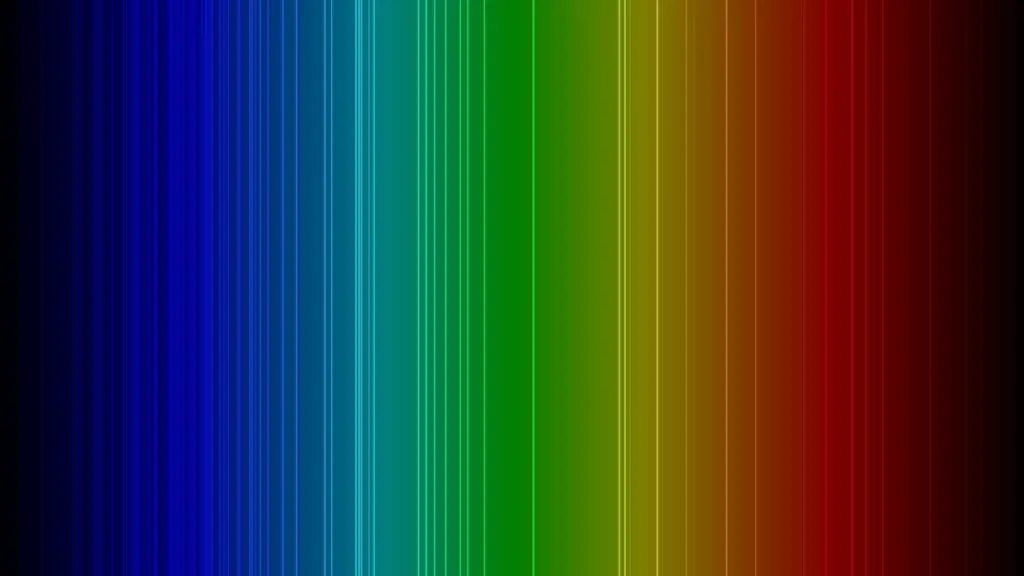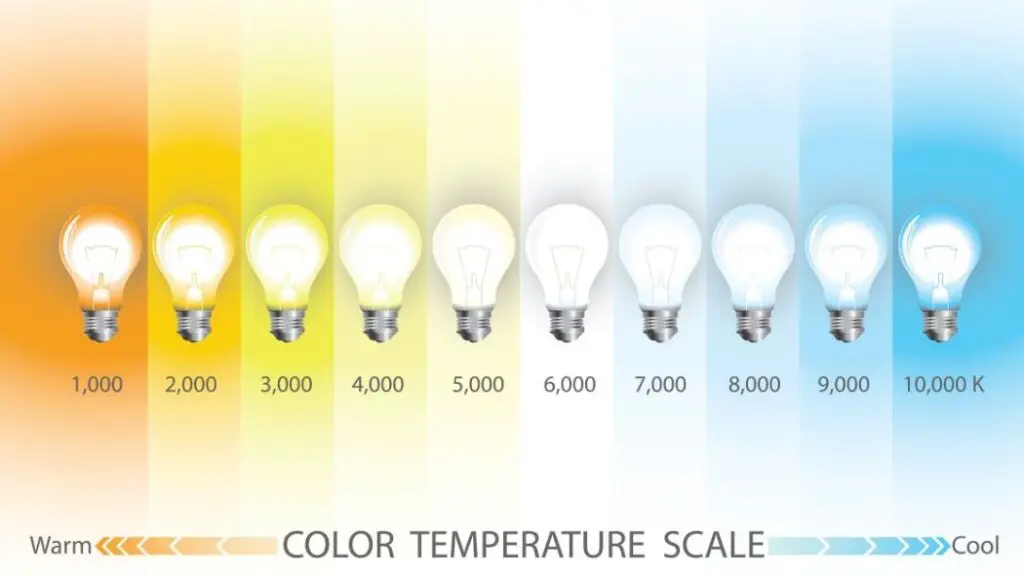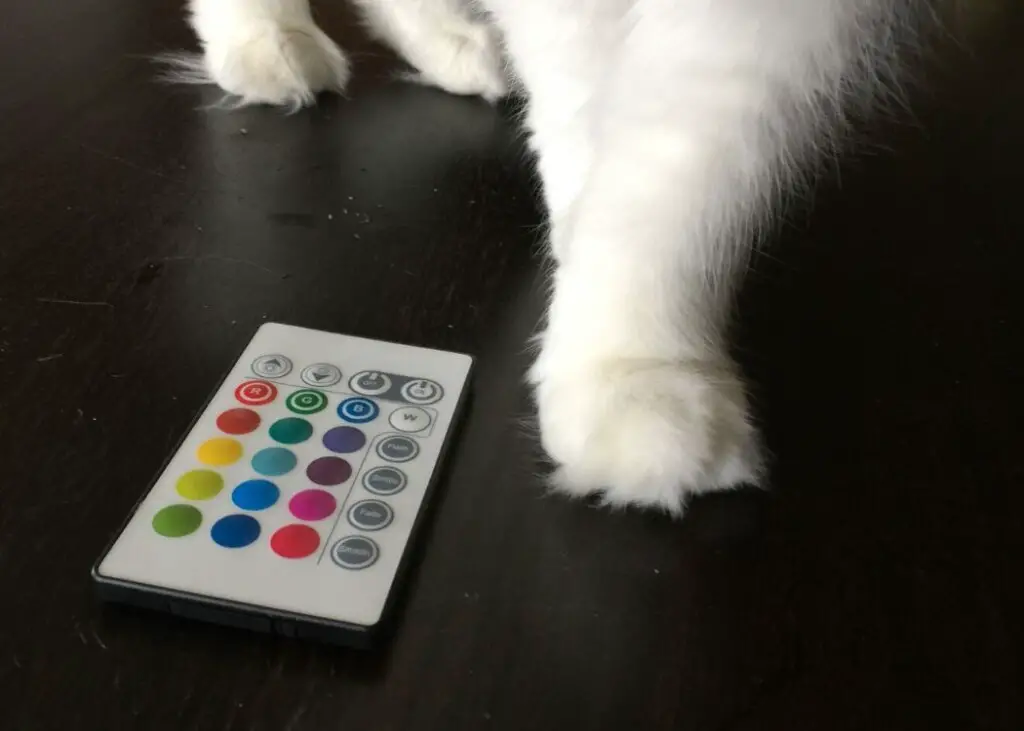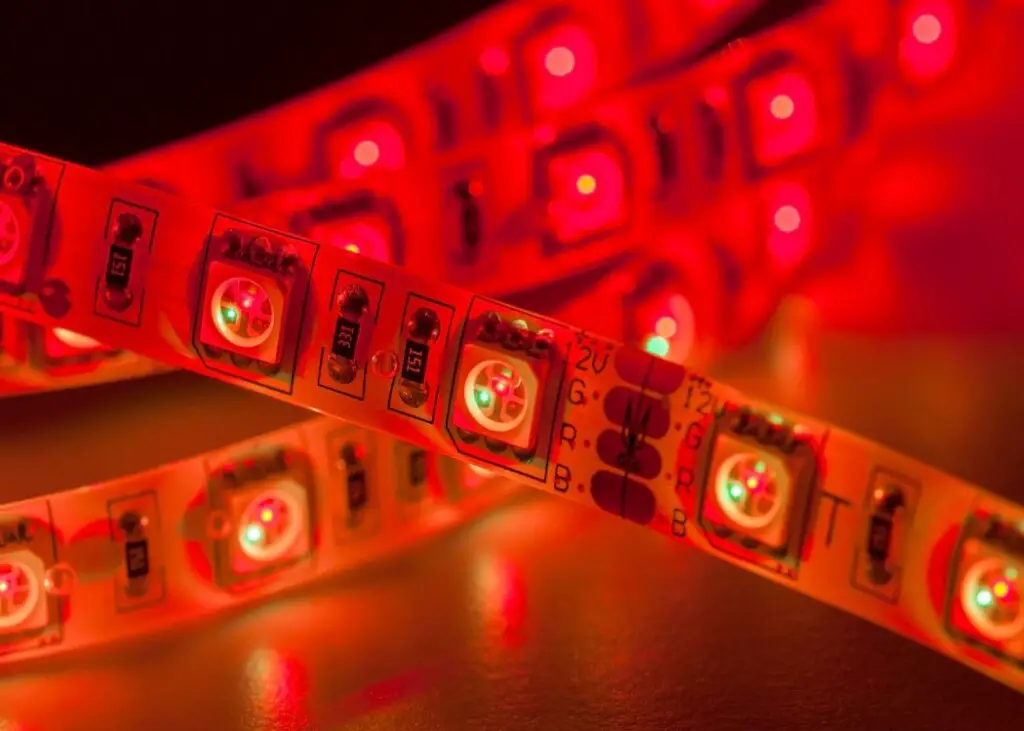Table of Contents
**This page contains affiliate links and I will be compensated if you make a purchase after clicking on my links**
Photo by Isadora Menezes from Pexels
According to sleep experts, we should all be sleeping in a dark cave, completely devoid of even the tiniest scrap of light.
Personally, I find that rather claustrophobic. Even as an adult, I prefer something akin to a night light.
Likewise, before falling asleep, we should also be avoiding light, especially light in the blue spectrum. So, no screens, such as your television, phone, or even your favorite e-reader. (Sigh.)
So, for those of us that prefer a little low-level light at night what color is best?
The best color of light to sleep in is the one with absolutely no blue light. Sleep in colors on the other end of the spectrum, such as yellow, amber, and even red.
Sleeping in a Cave just isn’t practical
Anxiety issues aside, sleeping in a cave isn’t practical.
Most children prefer a night light.
Likewise, both children and adults may need to get up during the night to use the bathroom.
Sure, you can turn on a regular light, wake up your sleeping partner, then realize you are fully awake. For some reason.
And what about our nocturnal furry friends?
Cats and dogs can’t actually see in pitch darkness. Yes, their eyesight is much more sensitive than ours in very low light. But they still need a tiny bit of light for night vision.
(However, blind animals are very adept at getting around within their familiar territory.)
For elderly animals that may be losing their sight, consider night lights throughout the house, low to the ground, at their eye level.

The spectrum of colored light
Light is a type of electromagnetic wave, defined by a unique wavelength and frequency.
Visible light is a spectrum of different colors, which we know as the rainbow. Violet light is on one end, with a wavelength of around 400 nm, and red light is on the opposite end, with a wavelength of around 700 nm.
Blue light sits right next to violet at around 450 – 490 nm.
Colored light and light temperature
White light contains all the colors of the spectrum.
However white can have different amounts of these colors, resulting in different color temperatures.
On the high end is “warm” white light, high in yellow, orange, and red. Examples include candle flame (1850K) and incandescent lightbulbs (2400K).
In the middle are your compact fluorescent and LED lights.
On the other end is “colder” white light, high in blue. Daylight is 6500K.
What emits the most blue light, at 6500 – 9500K?
LCD and CRT computer screens, of course.

What’s wrong with blue light?
We see the world through the rods and cones in our eyes. However, there is another type of light-sensitive cell in our eyes called the intrinsic photosensitive retinal ganglion cell (ipRGC).
These cells, which are sensitive to blue light, send a signal to the brain that it’s daytime and time to be awake. This is accomplished by inhibiting our production of melatonin.
Melatonin is a hormone responsible for setting our circadian rhythms, or twenty-four-hour clock. It is low during the day and high at night.
Feel a bit nappy during the day? Instead of another cup of coffee, take a brisk walk outside in bright sunshine. Suppress any lingering melatonin.
Blue light, especially in the wavelengths between 446 – 477 nm, is very good at suppressing melatonin.
In the evening and at night, when we’re trying to get to sleep, we should avoid blue light.
This means we need to avoid our screens, which famously produce light enriched with blue.
For fun, GO HERE, for the color spectrum profiles emitted by the screens of popular cell phones, tablets, and laptops. Look at that blue spike on my iPad Pro!
Yes, your phone may have “night shift” or a similar mechanism to reduce blue light. This helps but still suppresses melatonin to some degree. You can still see the color, blue, right?
- Some good news. In a recent 2019 study by Kazemi, et. al., night workers using f.lux software on their computers had a significant improvement in both subjective and objective alertness, working memory, and sleep quality.
How to eliminate blue light
If you like to watch TV in bed, then consider blue-blocking glasses. These should have lenses that are amber in color.
If you are guilty of sitting in bed with your laptop, then consider installing the free software from f.lux used in the study above.
(Unfortunately, an iOS version is not available without jailbreaking your phone. There is however a root-only build for Android users.)
This software adjusts the color temperature of your screen throughout the day.
In the Kazemi study, cited above, they used a daytime color temperature of 6500 K, peak = 453 nm, but during the late evening through night, the color temperature was shifted to 3800 K, peak 598 nm.
The f.lux software allows you to adjust the color temperature schedule as you like.
- During the day, use the 6500K default, which replicates daylight, allowing you to be alert at your desk.
- Around sunset, drop the color temperature. F.lux recommends starting with a color temperature that is easy on the eyes, such as 3400K (“halogen”) which removes about three-quarters of the blue and half the green light.
- At bedtime, drop the temperature again. You can go all the way down to 1200K “ember”.
In this extreme mode, your “white” background looks orange…
It may take you a few days to get used to your new “orange” background, so you may prefer to gradually work your way down in color temperature over the course of several days or weeks.
Install yellow lights
If you are installing night lights around your home, go with the “warmest” color temperature you can find. There are even “yellow” lights marketed just for this purpose.
Don’t forget your bathroom.
For your bedroom, consider a smart lightbulb where you can adjust either the color temperature or color.
Set your lights to a low color temperature, reminiscent of candlelight. Or simply choose yellow, orange, or “amber”.
Red also works, but you may or may not find that color soothing, or even “appropriate” for the bedroom. I’ll say no more.
In addition to colored lightbulbs, consider LED colored light strips (“5050 RGB”). These strips can be installed along crown molding on the ceiling, at the back of shelves, underneath the frame of your bed, or behind your television.
In the bathroom, you can place them under cabinets, the vanity, or behind the frame of the mirror.


All LED colored light strips can create any color, but the basic tiny remote can give you only 16 color choices. For a bit more money, invest in better control with a phone app (via Bluetooth) and Alexa or Google voice control (via WiFi).
All set?
Nightie night.
BONUS video: Ban the blue light in bed
Update: Yellow light might not be great for sleep either…
A recent 2019 study by Mouland, et.al. found that mice were more responsive to yellow light. In other words, yellow light lengthened their circadian period, as shown by how much they ran on their cage wheels.
As expected, simply increasing the brightness of ANY color (blue, yellow, or white) lengthened their day even longer.
Although ipRGCs are more sensitive to blue light, our cones, which allow us to perceive all the colors of the world, may also have an impact on our circadian clock.
In the wild, twilight is associated with dim blue light, while during the day, we perceive more yellow light, which is also brighter. Therefore the authors hypothesize that we may biologically associate bright yellow light with being awake.
This data is preliminary. The biggest limitation is that mice do not see color the same way we do. Humans have three cones, red, blue, and green. Mice have two cones, ultraviolet and green. (Both of us have blue-sensitive ipRGCs.)
In the study, “red cone” mice were used. These special genetically engineered mice have an additional human red cone, so they can “see” the color yellow.
Most photoreceptors are sensitive to shorter wavelengths, in the blue range, but differentiate themselves by their peak sensitivity to specific wavelengths of color, such as yellow/red. So these mice can “see” blue. However, they don’t have the equivalent of a human blue cone.
Considering the nuanced differences these mice had to blue vs yellow light, personally I need to see more data…
But for now, it may be best to turn down the brightness on all your screens and lights…
Want to learn more about the products mentioned?
[If you experience issues with menus or links not working, it is most likely due to your Ad blocker.]


